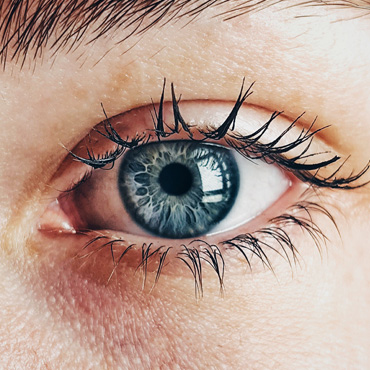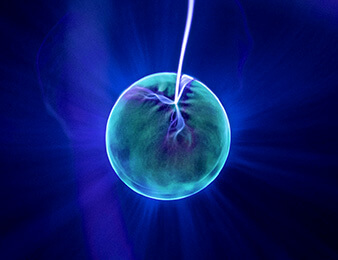Photosensitive epilepsy
Certain geometric patterns, flashing and flickering lights can provoke some people towards having seizures. Generally the seizures are generalised and are of no known primary cause.
The most susceptible age group is the 7-19 age range with girls being more often affected than boys. The more video games that are played the greater the risk to seizures.
In older television sets there was flicker from the screen but the new LCD screens do not produce flicker and so problems from watching TV are on the decline.
Sometimes natural light can trigger seizures such as that generated by sunlight passing through the leaves of trees or railings.
Patterns with strong contrasts can be problematic especially if they are combined with motion. Obvious sources of light generated seizures are those resulting from flashing lights in night clubs.
Covering one eye when circumstances indicate problems may arise can alleviate the risk. The use of polarised sunglasses with side shades can also be useful. In general photosensitive epilepsy is relatively rare and so should not disrupt lifestyle too much



